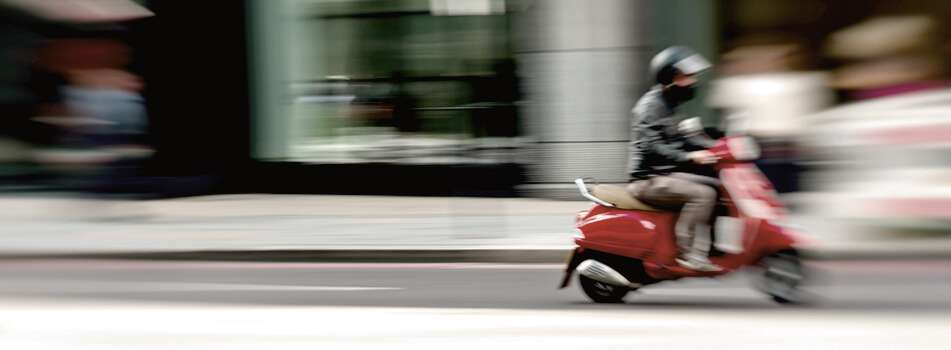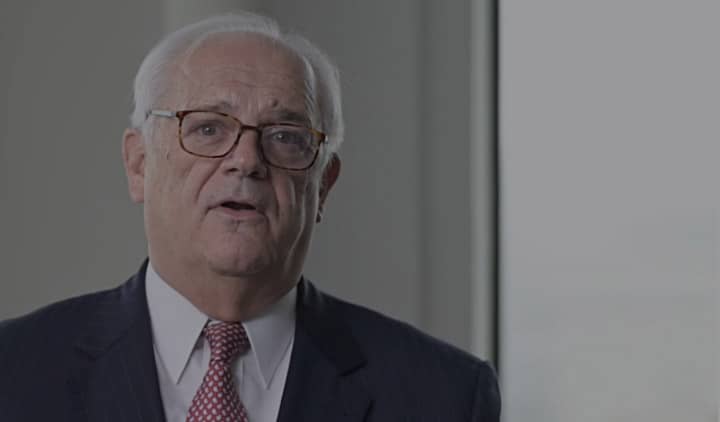Confusion surrounding the status of electrical scooters as motor vehicles in San Francisco is common and leaves many gray areas in its proper use for the average person. Laws surrounding electrical scooters differ from state-to-state. The power component and classification of the scooter generally dictate the specific requirements for operating the vehicle.
Motorcycles
A motorcycle is a motor-powered vehicle with two wheels. This class of motor vehicle typically uses an engine that is larger than 150 cc. Because of its engine’s size and power output, a motorcyclist must possess and M1 class license to operate a motorcycle. The driver must also register the motorcycle to legally ride it.
Motor-Driven Cycles
Like motorcycles, motor-driven cycles typically have two motor-powered wheels. This class of motor vehicle has an engine that is no more than 149 cc, which moves it into a different class of vehicle when compared to motorcycles. Motor-driven vehicles are less hefty and easier to operate than motorcycles. However, two-wheeled vehicles also require an M1 license and vehicle registration to legally operate. Three-wheeled vehicles require registration and a class C license.
Mopeds
A moped is a motorized bicycle. This class of vehicle has 2 or 3 wheels that are pedal-operated. Mopeds utilize less than two horsepower of power for their brake system, electric motor, and automatic transmission. Moped drivers must be at least 16-years-old and possess an M1 or M2 license to operate their vehicle.
Motorized Scooters
Motorized scooters are motor-operated vehicles with two wheels and floorboards for the driver to stand on. Motor scooters use smaller engines than previous vehicles. Typically, motor scooters do not require registration or a license, though this depends on the state and the scooter’s engine size.
California Law
In California, motorized scooters do not require registration but do require a Class C driver’s license. However, California’s Department of Motor Vehicles (DMV) outlines a set of guidelines that the individual must follow when operating and maintaining their vehicle:
- The motorist must be wearing a helmet if they are under the age of 18.
- The motorist must upkeep the brake system so that it can effectively skid on dry surfaces.
- The motorist must possess a valid license or driving permit.
- No passengers can ride on the scooter with its driver.
- The motorist cannot hold any type of object(s) that prevent them from placing at least one hand on the handlebars.
- The motorist must not travel on highways with a speed limit above 25 mph unless it is on a designated bikeway.
- The motorist must keep their speed below 15 mph in all circumstances.
Bikeways
Two types of bikeways allow motorists to traverse roadways:
Class II bikeways consist of a single striped line that designates one-way travel for bicyclists/motorists.
Class IV bikeways are protected bike lanes. They consist of postings, cones, railways, or other objects that separate the lane from the roadway. Class IV bikeways provide both one-way and two-way travel, dependent on location.
A Class C driver’s license is the only requirement to ride a motor scooter in the state of California. When used to travel within the city, motor scooters provide an efficient mode of transportation.
If you or a loved one have been injured in a motorcycle crash, speak with a Sacramento motorcycle accident lawyer at our firm for legal help.



